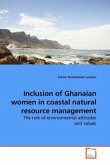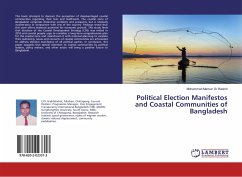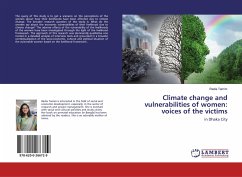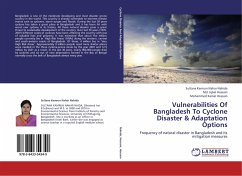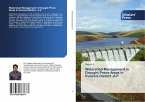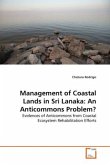The coastal morphology of Bangladesh influences on the impact of natural hazards in the coastal region. Especially in the southwestern region of the country, natural hazards increased vulnerability of the people living in the coastal region which slowed down the process of social and economic development. Since it is not possible to prevent natural disasters, some protective measures can reduce the miseries of disasters. Due to unusual climatic behavior in recent years, people in coastal areas face serious vulnerability, especially in the context of human settlements. However, there is no comprehensive disaster management strategy in the country. It has been felt that there is a need for an effective disaster management plan to minimize the loss of lives and property. The people need innovative strategies for survival. This book asserts, newly devised coping strategies, indigenous knowledge that reducing vulnerabilities is important and suggests where innovation and adaptation are necessary to save communities from their vulnerability to climate change.


